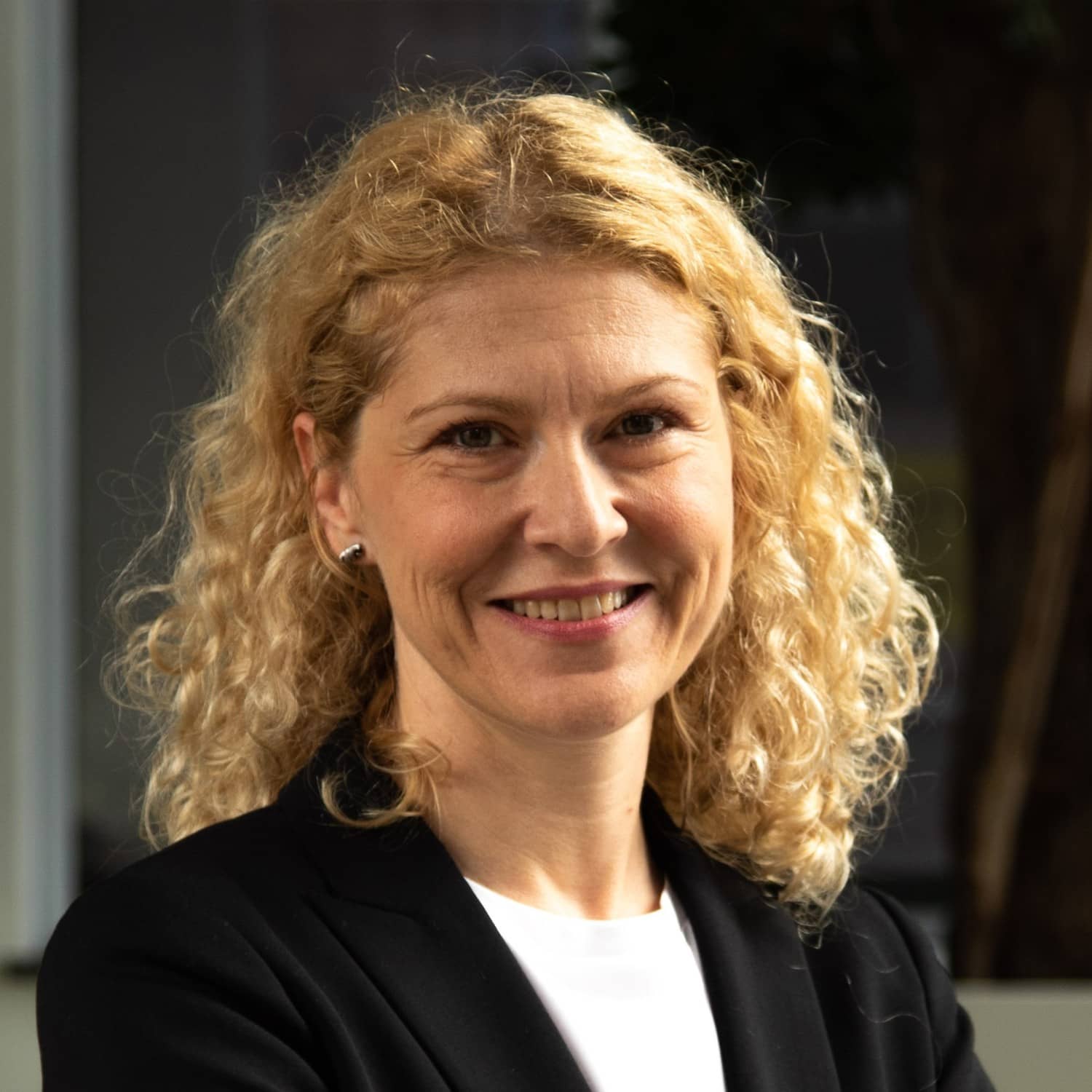Design Principles Definitions
Design Principles
Is the way we design buildings facilitating the transition to a circular built environment? What are the design principles that can help us conceptualize design in a manner that allows us to break the interdependence of the different building components? In this video Olga discusses the ‘Shearing Layers’ and ‘Open Building’ design principles and how they are driving circular design approaches.
Main Takeaways
- The concept of ‘Shearing layers of change’ conceptualizes a building as an assemblage of a total of six layers: Site, Structure, Skin, Services, Space, and Stuff.
The concept of ‘Open building’ advocates for the interdependency of the structural layer, to the infill systems for facades, inner walls and installations.
Considering the different building layers to be independent is the key task for circular design.
Further Reading on ‘Shearing Layers’
- Duffy, F. (1992). The Changing Workplace. London: Phaidon Press.
- Brand, S. (1994). How Buildings Learn. New York: Viking
Further Reading on ‘Open Building’
- Kendall, S. &Jonathan Teicher, T. (2000). Residential Open Building. London; New York: E & FN Spon
- A comprehensive bibliography for ‘Open Building’ can be found here
